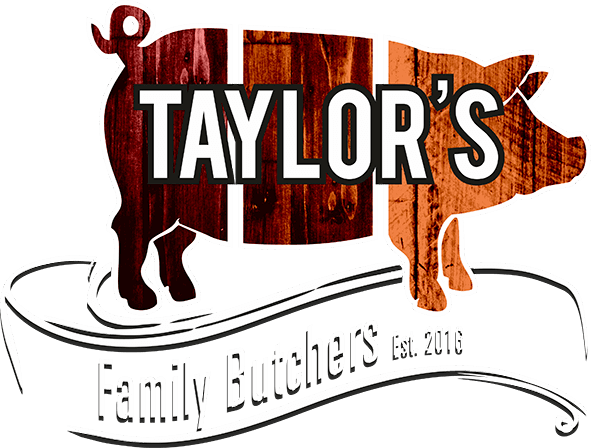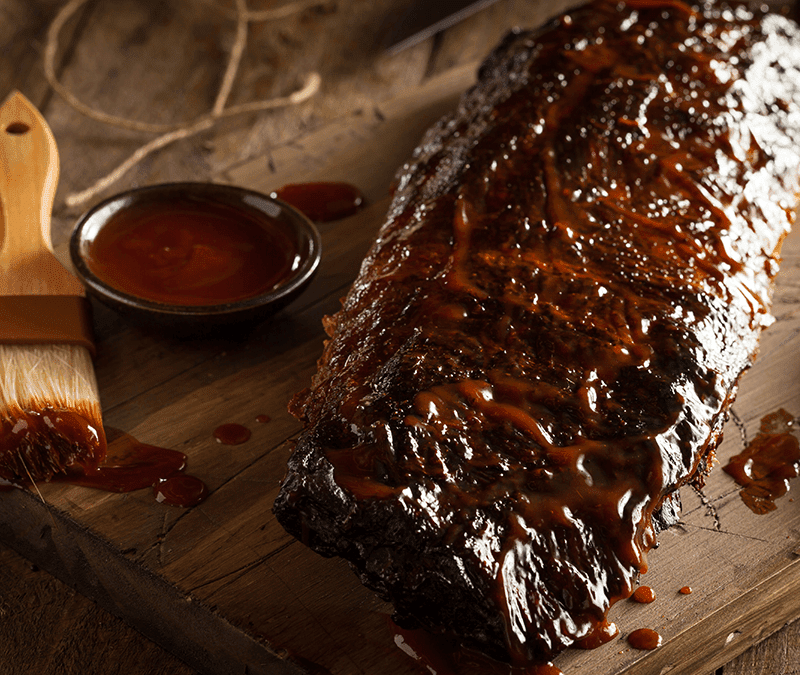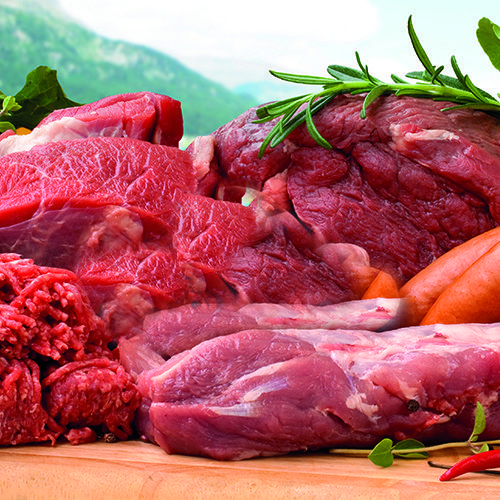Banging Burger BBQ Recipes
Banging Burger BBQ Recipes
Burgers are an absolute must on a BBQ, but if you like to mix things up a little bit then these burger recipes are for you…
Although we do our own tasty range of burgers, if you are looking for something a bit different or to impress friends by making your own, then do we have the perfect blog for you.
There are so many different types of mince you can use to create a range of burgers that are just irresistible. From the traditional beef mince to a more lean pork mince or even turkey mince
Chipotle Pork Burgers
- 500g Pork mince
- 1tsp Chipotle Chilli Flakes (add more if you like it spicy)
- 2 Minced Garlic Cloves
- 4 slices of Monterey Jack Cheese
- 4 Brioche Buns
Step 1
Mix the pork mince, chipotle and garlic together until combined. Add a little salt and pepper to season and form into 4 burgers.
Step 2
Add your burgers to the grill and cook through – turning occasionally.
Step 3
When the burgers are cooked add a slice of the cheese to each and allow to melt
Step 4
Assemble your burgers and add mayonnaise, avocado a slice of tomato and sprinkle of fresh coriander.
Melt in the middle Beef Burgers
- 1 finely chopped onion
- 2 minced garlic cloves
- 500g beef mince
- 1 medium egg
- 2 tsp mustard powder
- Pinch of Cayenne pepper
- 50g Breadcrumbs
- 125g mozzarella
- 4 burger buns
Step 1
Mix together the minced beef, onion, garlic, egg, mustard, cayenne and breadcrumbs. Season with some salt and pepper.
Step 2
Shape your burger then add a quarter of the mozzarella in the centre and form the mix carefully around it. Make sure the mozzarella is fully encased. Put the burgers on a plate, cover and chill for at least 30 mins.
Step 3
Cook your burgers on the grill or in the oven, ensure they are cooked through and then leave to stand for 5 minutes before serving. Serve with your choice of garnish.
Curried Turkey Burgers
- 500g Turkey Mince
- Small red onion, finely chopped
- 2 Garlic cloves
- 2 tsp Madras Curry Powder
- Bunch of Chopped coriander
- 1 Egg Yolk
- 1 tbsp sunflower oil
- 4 burger buns
Step 1
Mix together the turkey mince, onion, garlic, curry powder, coriander and egg yolk – season with salt and pepper. When combined, form into 4 burgers.
Step 2
Heat your grill and cook the burgers until cooked through. Toast the cut sides of the burger buns and then place your garnish of choice. These burgers go great with salad and chutney or lime pickle.
So, there you have it. 3 fabulous homemade burger recipes. If you are giving them a go, pick up your mince from us. Don’t forget to share your pictures on social media and tag us in your posts!!

The best sources of protein are;
• Meat
• Eggs
• Milk
• Nuts and seeds
Meat is one of the best sources of protein you can eat because it contains all nine essential amino acids that our bodies need but don’t produce naturally – so they must come from outside sources like food. So let’s take a look at the benefits of some of the different types of meat.
Chicken & Turkey
White meat poultry such as chicken and turkey are great sources of protein. They are lean, low in fat, tasty and incredibly versatile. Giving you the opportunity to create tasty and healthy meals whilst getting that all-important protein. As a result of the leaner cuts of white meat, they are among the highest dietary sources of protein – whilst also containing a range of essential nutrients.
Pork
Pork is one of the richest sources of leucine, which makes it a great addition to your diet, particularly if you are into your exercise. Leucine makes up one-third of muscle protein and helps to stimulate repair following exercise. Meats provide branched-chain amino acids (BCAAs; valine, leucine, and isoleucine) which are essential in supporting muscle recovery. You can create exciting meals with a range of pork cuts, from pork loin steaks to slow roast shoulder joints.
Beef and other red meat
Red meat is not only rich in protein but also provides our bodies with iron, zinc and B vitamins. Meat is one of the main sources of B12 in the diet, giving your body vital nutrients. Red meat is a great meat to cook with. Whether it’s a tasty steak served with home-cooked chips and vegetables or a slow cook/braised steak on a cold wintery evening. The possibilities are endless.
As with most things in life, balance is key. You should combine your protein intake with fruit and vegetables, dairy, high fibre foods and fats. The great thing about meat as your protein source is that you can get creative with your meals and include many of the other required food groups.
If you are looking to increase the protein in your diet then speak to us. If you are starting the year by getting into shape, you can ask us for extra lean portions or we can trim the fat from your meat for you.
Visit us in-store or order online to get your protein in the form of top-quality meat.






